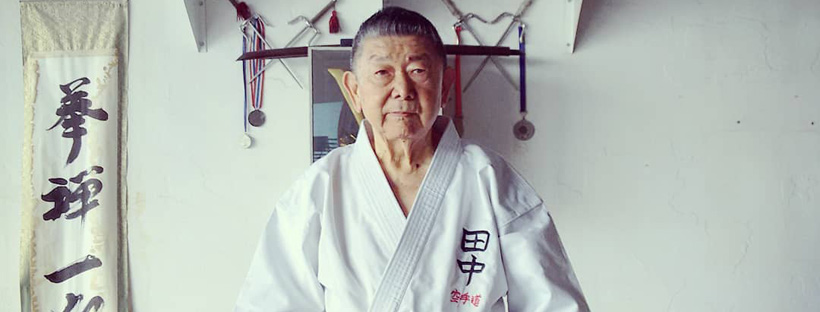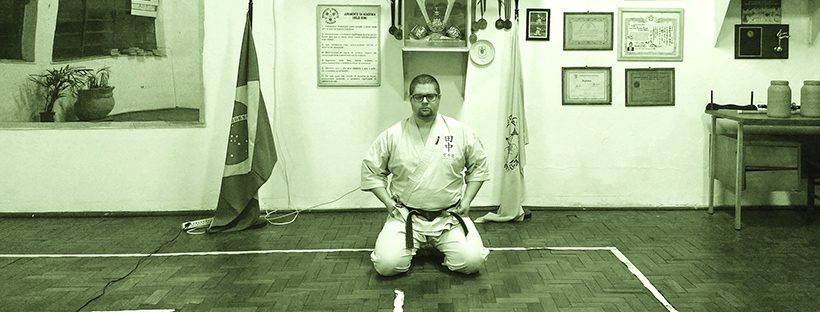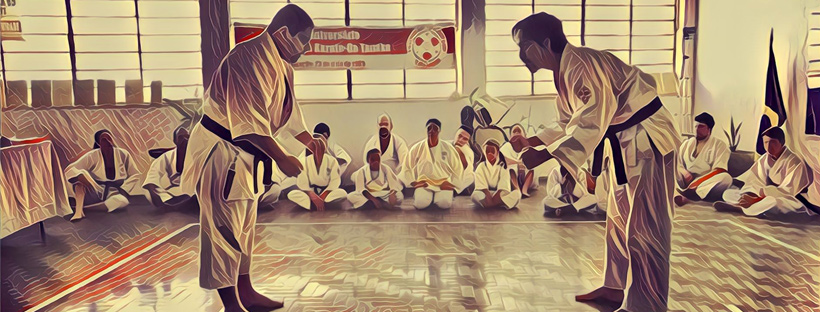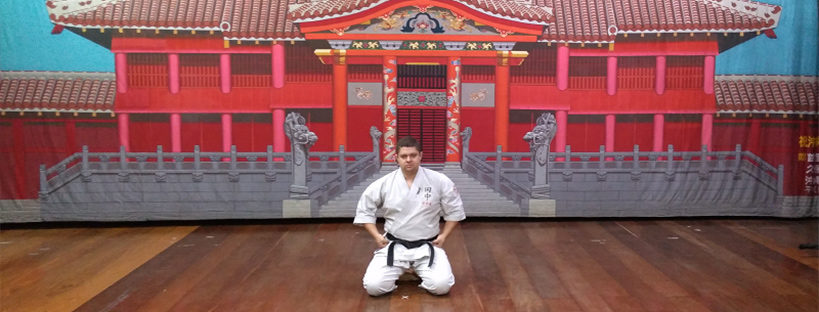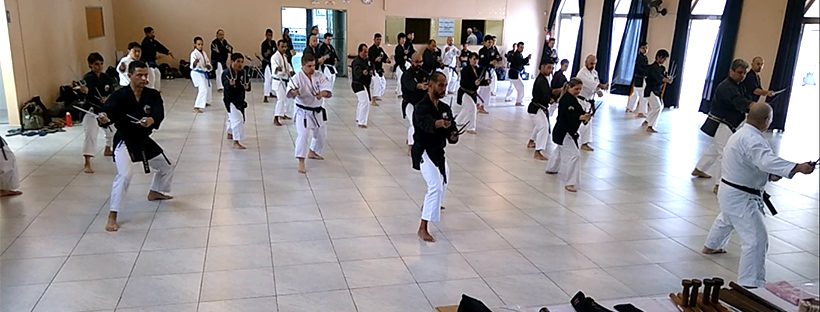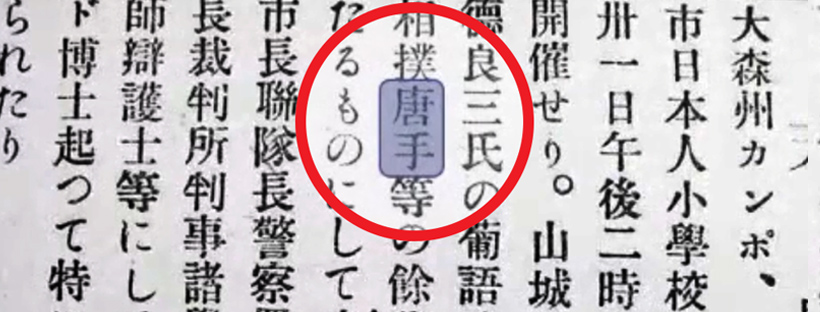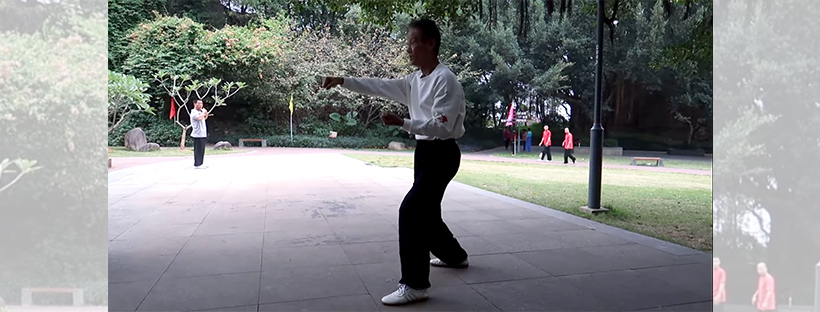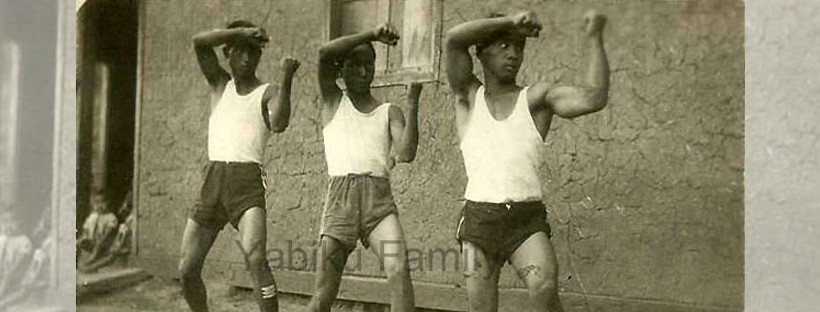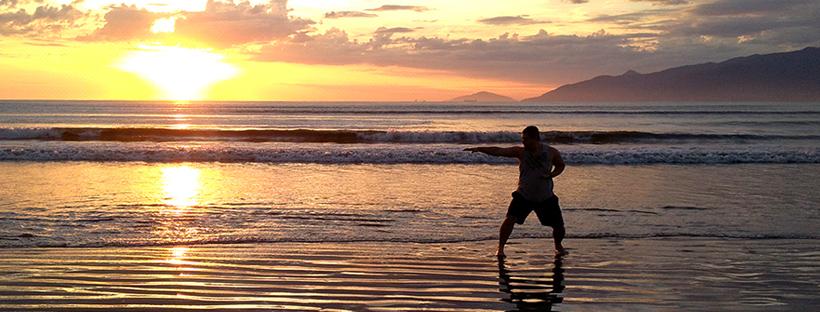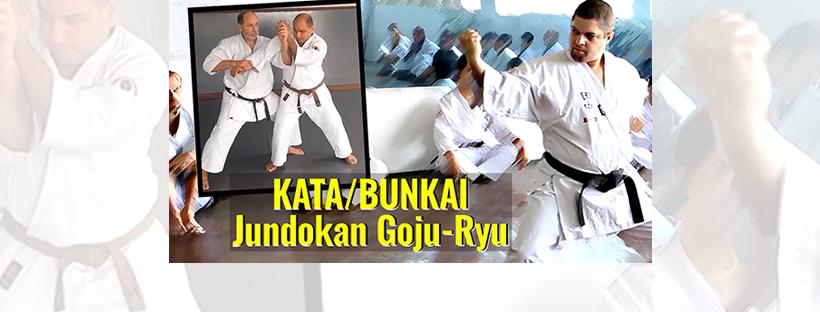In one of the last conversations I had with my master Tsunioshi Tanaka, we talked about strengthening the dojo, about how he wanted to recover soon from his illness to resume his activities. I told him that I was committed to Karate and would remain steadfast in training and the art studies to make him proud. “I’m already proud, senpai,” he replied. Continue reading
The moral aspect of Karate
“Karate aims to build character, improve human behavior, and cultivate modesty; it does not, however, guarantee it.”
– Yasuhiro Konishi
Karate-Do: An art more necessary than ever
A common but true discourse is that in certain aspects, society is undergoing a process of degradation. At the same time that we have social advances and that important discussions arise, there is a strong culture of individualism and hatred, where only what is convenient for you matters, regardless of the means, and the other (especially the different) ends up being treated as less than human. We see this on several fronts, from ideological discussions, to politics, to disputes in the workplace or even to fights over a simple seat on the subway. Something fundamental is missing. Continue reading
October 25: World Karate Day!
October 25 is World Karate Day. The date was chosen because it was the same as, in 1936, an important meeting was held in Okinawa with great masters, to discuss the future of the art. It is a day of celebration in the birthplace of Karate and for all practitioners in different countries. Continue reading
A little bit of Okinawa Kobudo Jinbukai and Shimbukan seminar
This video is a brief record of the Okinawa Kobudo International Seminar held on May 11, 2019, at the Aichi Association of Brazil (São Paulo). The event was given by Sensei Flavio Vicente de Souza (Okinawa Kobudo Jinbukai – Brazil branch), who taught tonfa techniques; and Kimihito Kirii (Ryukyu Kobudo Shimbukan – Tokyo/Japan branch), who taught nunchaku and sai techniques. In the opportunity I participated with my students Fabio Freitas and Sergio Costa.
Continue readingRecord of Karate [Tode] in Brazil in 1919
The diverse collaborations of people interested in going deeper to preserve the history of martial arts, added together, generate fascinating results and expand the geral knowledge. When it comes to Karate in Brazil, this is also true: new details about the practice in the country emerge through these collaborations. Recently, I reflected on the beginnings of Karate in Brazil, talking a little about the first masters. Among them Motoku Yabiku, who, due to a 1951 video record, is the first known Karate teacher in Brazil. Yabiku arrived in the country in 1917, settling in the State of São Paulo, but there is no record (in the present moment) of him having openly practiced or taught Karate at that time.
It happens that when talking on Facebook about the information I have about Karate in Brazil, some people shared some details with me to expand this story. Among them, a fascinating discovery. On July 18, 2020, during a live on the Brazilian Kendo Confederation channel, Luiz Kobayashi Sensei *, a researcher and practitioner of the Japanese sword arts, presented a very rare historical record: Continue reading
About nerds, Chinese forms, Sanchin and Seisan
Recently, the Karate Nerd™ Jesse Enkamp published a video about Seisan kata (十三) and how he discovered the supposed original version of the kata in China, with a master of the Incense Shop Boxing style (Xiāng Diàn Quán), who would be a direct descendant of the style practiced by the Shaolin monks of Fujian. Exploring the roots of Karate is great and making comparisons between the different kata too, but I believe that a little caution is needed with categorical statements like “this is the older version” or, in this case, even if that would be a version of Seisan . Continue reading
About the arrival of Karate in Brazil
Recently, the website of the magazine Adventures in History published the article Did karate arrive in Brazil before it was disseminated in Japan?, exploring some historical aspects of our art and its evolution until it reached our country. It is always good to see Karate being approached in broader vehicles, but dealing with the sinuous history of this art is not an easy task and, because of that, everything that reaches us needs to be read with a critical sense. In the case of this specific text, there are some historical and conceptual inaccuracies that I found relevant to comment on.
Continue reading
Karate: Self-defense far beyond the physical aspect
When the martial art then known as Toude was developed in the ancient kingdom of Ryukyu, located south of Japan, there was a well-defined goal: to be an efficient method of civil self-defense. For this process to be successful, the art was polished through generations, being refined by collective intelligence until it resulted in the sophisticated technical and tactical records known as kata. This primary purpose has been described in testimonies by great masters such as Anko Itosu (“a way of avoiding injury by using the hands and feet should one by any chance be confronted by a villain or ruffian”) or Chojun Miyagi (“in the old days, the teaching policy of karate put emphasis on self-defence techniques”), among others. Continue reading
Gasshuku: Learning Goju-Ryu Jundokan’s kata/bunkai
In November of 2019 I attended the Gasshuku of the Jundokan school. The Jundokan is a school founded in Okinawa by master Eiichi Miyazato, who was a direct student of Chojun Miyagi. It is considered one of the schools that best preserves how master Miyagi taught Karate after World War II, before he died. So it is a very important link for us to better understand Karate, how it was practiced in the past and the changes that were made later. Continue reading
